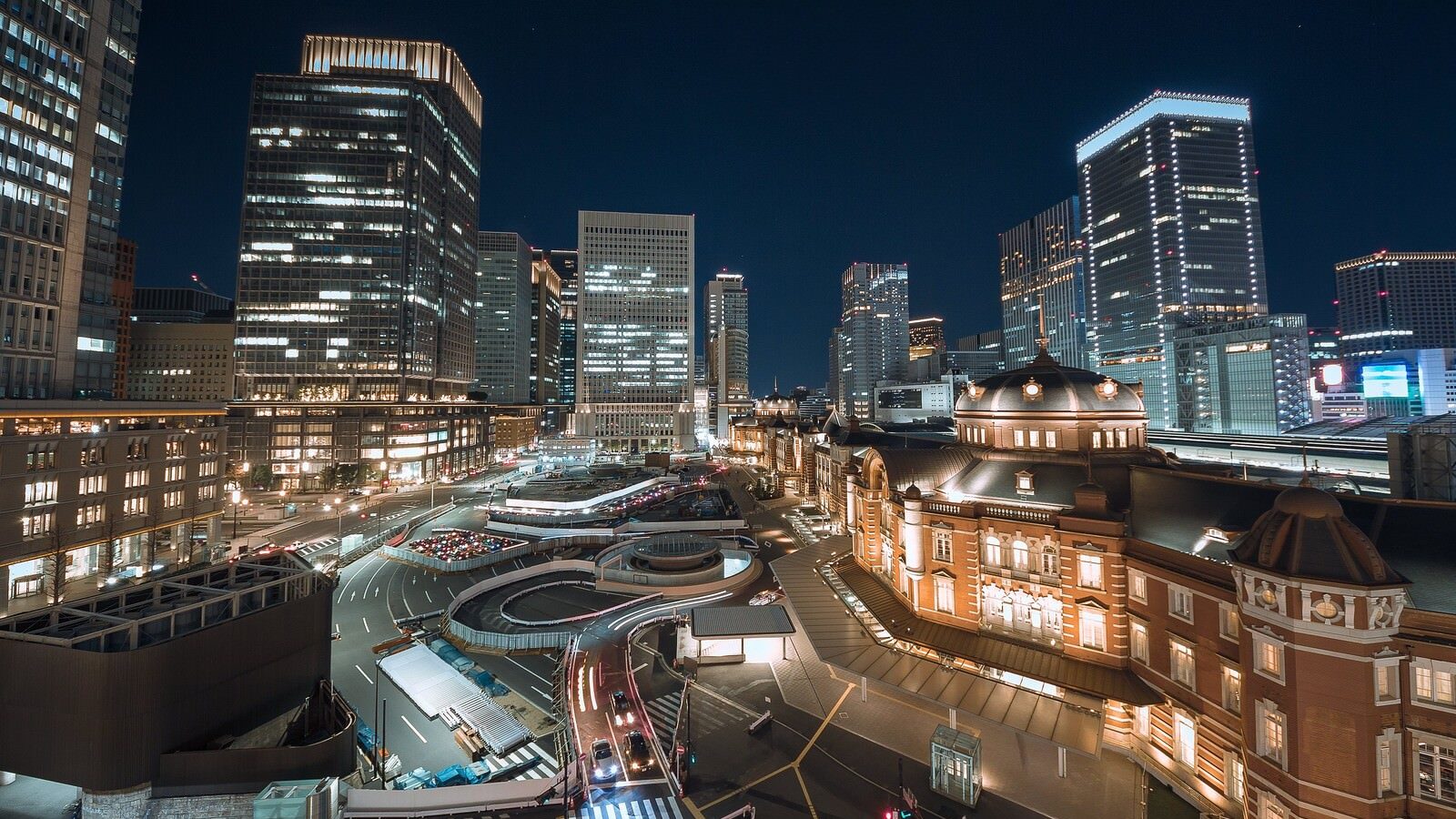This post is a transcript of my YouTube video about Japanese real estate, with a particular focus on rental properties. If you prefer watching, please check the videos below!
Introduction
Today, I would like to introduce Japanese real estate, focusing especially on rental properties.
In this article, I will share what I know based on my current experiences and understanding. Please keep in mind that rules, prices, and practices may change over time, so the information here should be treated as general guidance.
Alright, let’s get started!
Overview of Japanese Rental Properties
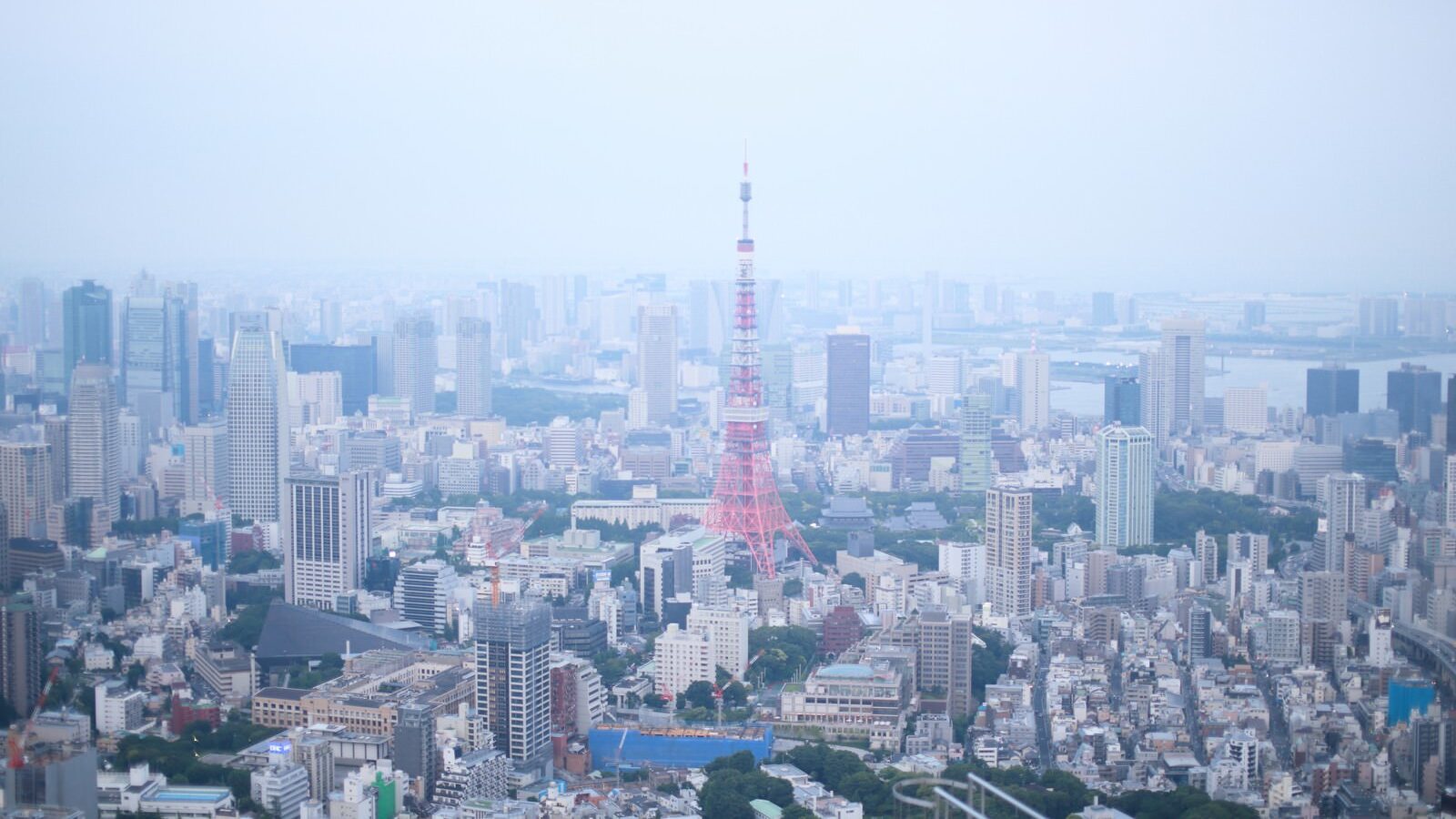
In this section, I will provide a general overview of rental housing in Japan.
Owners
There are generally two types of property owners in Japan: private individuals or corporations and public entities.
Most rental housing is owned by private landlords, which may include individual owners or large real estate companies. They offer a wide variety of properties designed to fit different needs, budgets, and lifestyles.
On the other hand, public entities such as the national government, prefectural governments, and municipal authorities also own and manage rental housing. These public properties usually come with lower rents, which makes them appealing to tenants. However, they often have stricter rules, particularly related to eligibility based on income or household circumstances. Because these homes are intended to support people in need, you must usually apply through the appropriate government office and provide documents that prove your eligibility.
Types of Properties
When looking for rental housing in Japan, you will mainly encounter two broad categories: apartments and houses.
Apartments are further divided into two types: manshon and apato. Although these are not legal terms, the differences are widely recognized in the housing market.
- A manshon typically refers to a larger building, often three stories or higher, and is constructed with reinforced concrete or steel frames. These buildings are generally sturdier and provide better insulation.
- An apato usually refers to smaller buildings, commonly made of wood or lightweight steel. These buildings are often two or three stories tall, and while they can be cheaper, they may lack sound insulation.
Houses in Japan are typically single-family dwellings. They tend to offer more space and privacy compared to apartments. While apartments in urban areas are sometimes small, there are also large units available. Ultimately, the choice between a house and an apartment depends on your budget, family size, and lifestyle needs.
How to Rent a Property in Japan

The most common way to find a rental property is through a real estate agent. Although online platforms are growing in popularity and sometimes allow direct rental without an agent, most people still use agencies.
When renting a property in Japan, you are usually asked to provide several key documents:
- Address: Surprisingly, even though you are looking for a new home, it is common to be asked for your current address. This shows stability.
- Occupation: Your job and employment status are checked to confirm your ability to pay rent.
- Personal identification: A government-issued ID such as a driver’s license, passport, or health insurance card.
- Income verification: Proof such as a tax certificate or withholding slip.
Landlords in Japan prefer tenants who can show stability. A reliable income, a steady job, and a current address all improve your chances. Families or tenants with long-term employment may also be more attractive to landlords, as they are seen as less likely to move frequently.
What Affects Rent
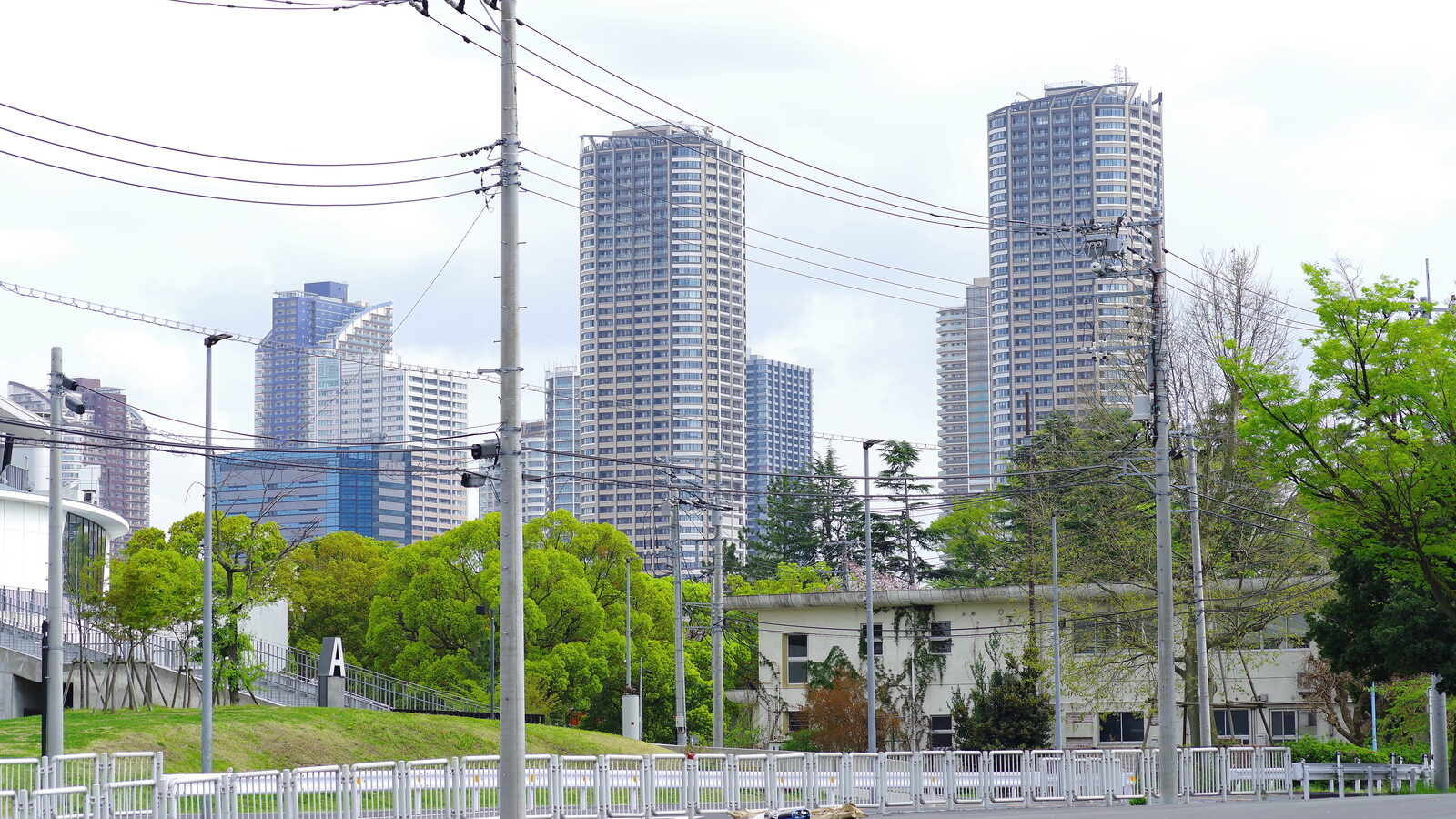
Several factors influence rental prices in Japan. These include building age, location, available amenities, construction materials, and sometimes special circumstances.
Age of a Building
Newer buildings are often in high demand and therefore come with higher rents. However, older buildings are sometimes renovated. These can be just as clean and livable as new buildings but are often cheaper.
Still, cheaper rent is not always better. Renovated properties may require sharing facilities with other tenants, which could affect your quality of life if other residents are not considerate.
Location
As in many other countries, location is a major factor. For example, properties in Tokyo are more expensive than those in Osaka. Even within the same city, areas close to train stations, supermarkets, or shopping centers are more expensive due to convenience.
Amenities
Modern Japanese apartments often come with various amenities. Choosing which ones you really need can make a big difference in rent.
Examples include:
- Bathrooms: combined toilet and bath vs. separate units
- Garbage disposal: chute system vs. fixed collection times
- Security: auto-lock doors, cameras, or guards
Personally, I prefer separate bathrooms and toilets because I often soak in the bathtub. But if this does not matter to you, choosing a combined bathroom can save money.
Construction Materials
Properties are commonly built with wood, lightweight steel, or reinforced concrete.
- Wood: Usually the cheapest but poor at blocking sound. Noisy neighbors can easily disturb you.
- Reinforced concrete: Strong and highly soundproof but the most expensive.
- Lightweight steel: Falls between the two.
From my experience, I would not recommend wooden properties because of the lack of privacy caused by poor sound insulation.
Special Circumstances
Some properties are much cheaper if they have a tragic history. For instance, if a tenant previously died in the unit due to suicide or homicide, Japanese law requires landlords to disclose this. These “stigmatized properties” are less popular, so the rent is lower.
Layouts
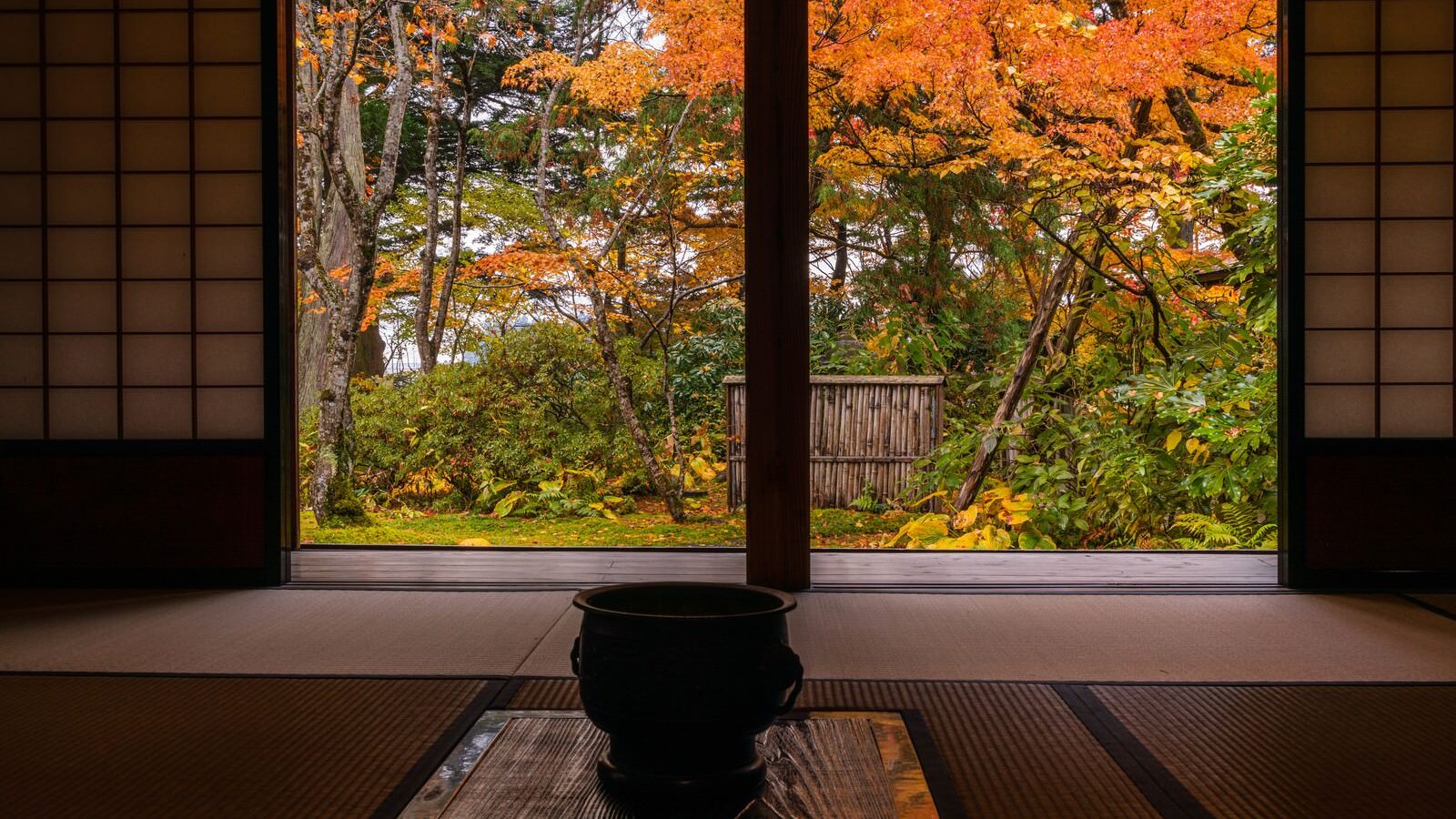
In this section, let’s talk about the different types of layouts you’ll encounter when renting a property in Japan.
Unis of Measurement
Japanese properties often use three units of measurement:
square meter, jyo, and tubo.
jyo is Japanese word, and it is derived from the traditional Japanese tatami mat used in japasese room.
One jyo is approximately 1.62 square meters.
Whlie there are various definitions, this is the most common one used in real estate agent.
tubo is also Japanese word and I think it is more commonly used when buying a property rather than renting.
One tubo equals 3.30579 square meters.
Navigating these units can be confusing, even Japanese people.
Layout Terminology
We frequently use the terms like “LDK” to describe a property’s layout.
L means living room, D means dining room, and K means kitchen.
Additionally, The number preceding “LDK” indicates the number of additional rooms. For example, a 2LDK apartment has a living room, dining room, kitchen, and two aditional rooms, plus a bathroom.
Another common layout is “1R”, which means a single room with a kitchen.
The best layout for you will depend on your specific needs and lifestyle.
Common Layouts and Considerations
In ubarn areas, 1R, 1K, and 1LDK layouts are most common.
While these are suitable for single people, they can be cramped for couples or families. If you need more space, consider a 2LDK or 3LDK, although be prepared to pay a higher rent.
Finding a 2LDK apartment can be challenging as they are provided under small amount and often get snapped up quickly.
In fact, I’ve had to rent a place without seeing it in person before.
Total Payment
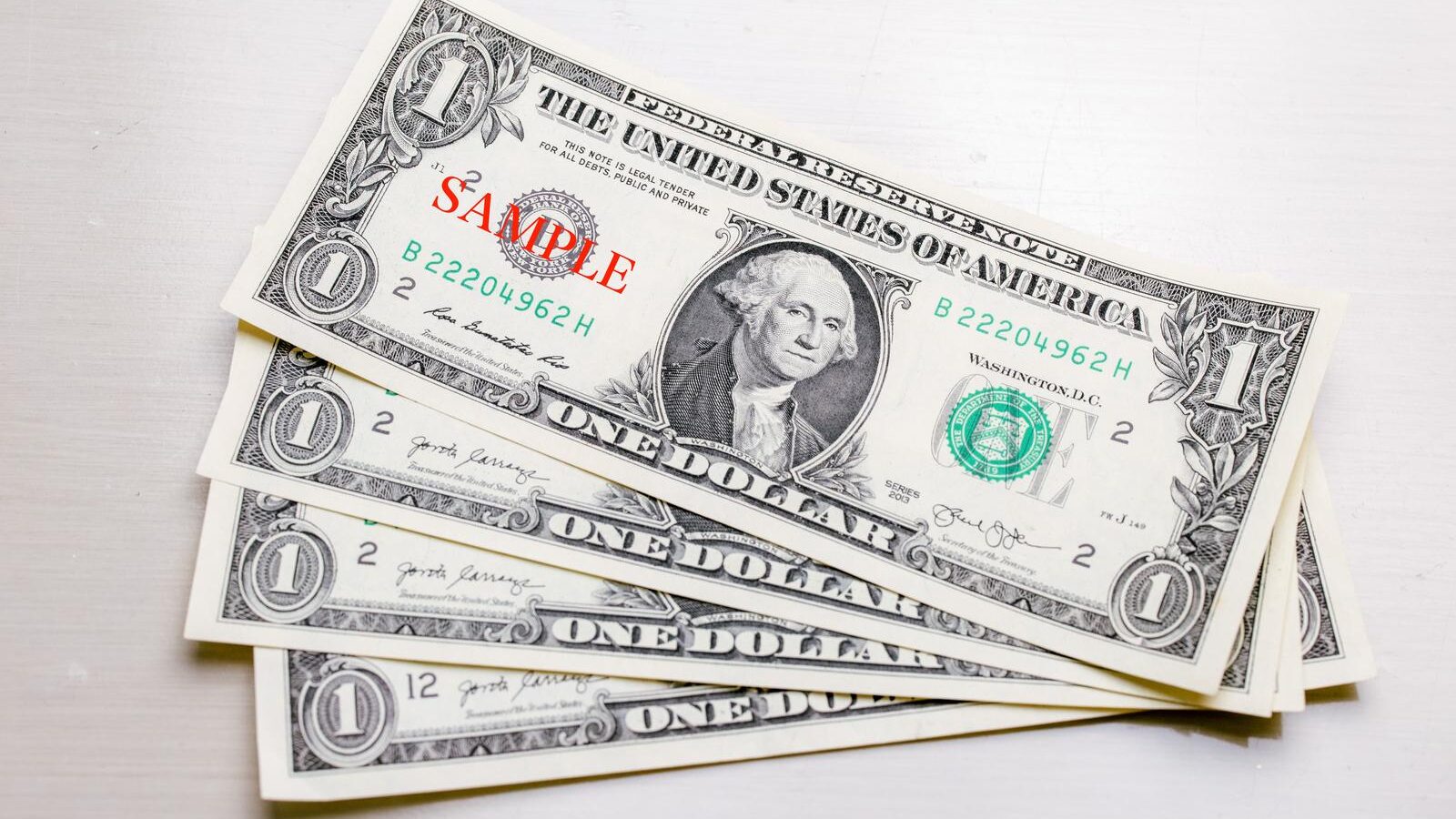
When you’re considering renting a property in Japan, It’s important to understand that the total const will be often beyond your expectation. here’s a breakdown of the typical fees you can expect to pay upfront.
Agency Fee
Real estate agents typically charge a fee equivalent ot 0.5 to one month’s rent. This fee covers the agent’s services, such as listings, viewings, and various services you given.
Security Deposit (Shikikin)
A security deposit, or “Shikikin“, usually one to two months’ rent, is required to protect the owner against potential damages. This deposit is typically returned to you when you move out, minus any deductions for repairs or unpaid rent.
Key Money (Reikin):
Key Money, or “Reikin“, is a non-refundable fee, often equivalent to one to tow month’s rent. While it’s a common practice, it’s not legally mandated.
Advance Rent:
You may be required to pay one or two months’ rent in advance. This is essentially a prepayment of your rent.
insurance premium
Landlords usually require tenants to have renters’ insurance to cover fire damage.
The premium for this insurance is typically around 100 to 150 USD once every two years.
Total Costs and Considerations
The total cost of renting a property in Japan can very significantly depending on factors we saw before.
Let’s Look at some examples of estimated total consts in major cities like Osaka and Tokyo.
In Osaka, for a 1K apartment in a popular area, you can expect to pay around $400 for rent. So considering additional fees I told above, the total upfront const could be around $2200.
For a 1LDK apartment, the total cost could be around $3600, and for a 2LDK, it might be around $5200.
Tokyo generally has higher rental costs compared to Osaka. For a 1K apartment in popular area, you might need to budget arouond $3600 in upfront costs. For a 1LDK, it could be around $6300, and for a 2LDK, approximately $8400.
There are just estimates, and actual costs can vary. many factors can all influence the final price.
Conclusion
Japanese rental properties are influenced by many factors, from ownership type to building materials, layouts, and total upfront costs. Understanding these details can help you make informed decisions and avoid surprises when renting in Japan.
💬 Please share comments on Twitter or YouTube.
